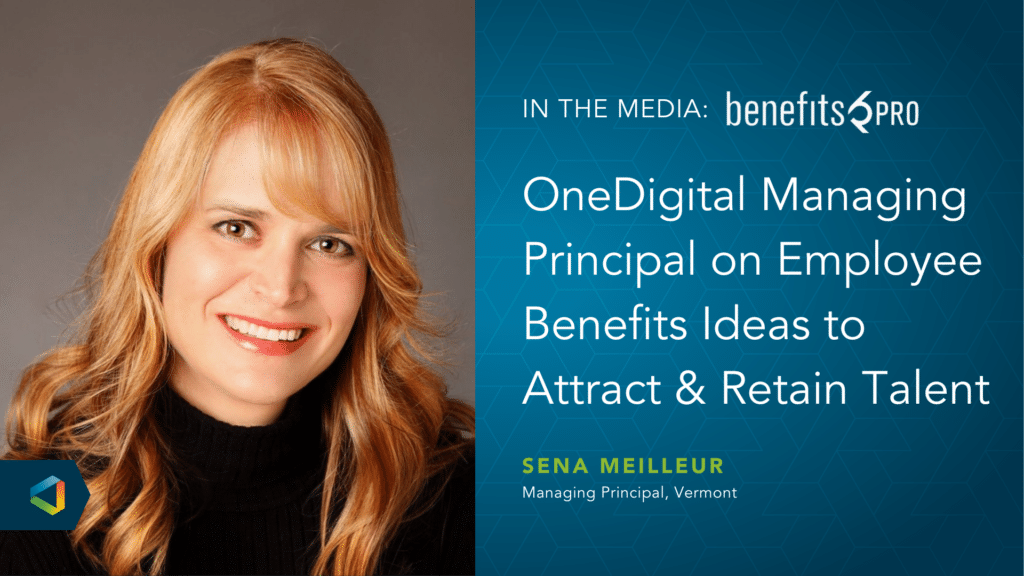Better Benefits, Lower Costs
Fact vs. Fiction: What Employers Need to Know About Self-Funding
Fact vs. Fiction: What Employers Need to Know About Self-Funding
In today’s business climate, employers need benefits solutions as resourceful and cutting-edge as the organizations they run.
Each year, employers find themselves battling significant increases on their health insurance plans and prescription drug spending, forcing the employer to make tough decisions that affect not only their bottom line but the quality of benefits they offer. Businesses either end up absorbing the increases, passing the buck off on employees, making benefit changes, or a combination of the three.
Historically, self-funded health plans have been most useful for larger companies, but as health costs continue to climb, self-insurance has become a viable option for many employers of all sizes as a cost-effective way of managing health plans they offer to their employees.
However, there are many misconceptions about self-funding that require clarification. Check out the list below to find out the truth about these commonly accepted self-funded myths:
Fact vs. Fiction: Dispelling 4 Myths About Self-Funding
Myth #1: Self-funded plans over-expose my company to risk.
Fact #1: Self-funded plans themselves do not over-expose companies to risk, lack of plan strategy does. Although the words “self-funding” invoke great fear among some business owners, the funding mechanism itself is not usually the cause of unaccounted-for liability. In most cases, it's the lack of planning that can make an employer hesitate. In reality, self-funded plans allow you to control the exact amount of risk you feel comfortable assuming. They bring flexibility, so a company can choose its own risk tolerance vs. having it dictated by a health insurance carrier.
Myth #2: Self-funded plans are not a fit for a smaller company.
Fact #2: Self-funded plans that many large national carriers offer may not be a fit for smaller businesses, however, some companies will self-insure down to two employees. Most partially self-funded options begin with 10-25 employees. There are many mechanisms now that eliminate unnecessary risk. For example, some states allow stop loss levels down to $6,500 and many plans offer additional features such as monthly accommodation.
Myth #3: I will get stuck in the self-funded arrangement.
Fact #3: Some time ago, smaller companies were known for selling plans without the traditional self-funded risk that had tails at the end. Those tails included costs business owners had not taken into consideration when purchasing the plan and included terminals. Today, especially in the partially self-funded world, terminals may not even exist in the plan. If they do, often they are spelled out and can be accounted for and funded at the beginning of the plan, so business owners may leave a carrier if there is a more competitive option available. As with any plan, it is essential to understand the structure and contract provisions on the front end so there are no surprises.
Myth #4: Self-funded plans are too complex for my company to understand.
Fact #4: While some self-funded plans have many additional facets for employers to consider such as reserves, terminals, etc., many self-funded plans mimic fully insured plans in that the complexity and other decisions are eliminated. One point to consider is sometimes the additional facets or triggers can be helpful in controlling costs and making long-term plans. It is critical to have a team who understands every trigger and can execute proactive engagement in the plan to look out for your company’s best interests.
All in all, arguably the most significant asset offered by self-funding is the complete freedom to structure benefits according to the needs of your company—regardless of size.
For more information on how to optimize your company health plan and save money, read OneDigital's Cost Containment Playbook, which has 25 strategies for healthcare, pharmacy, and workforce optimization.




